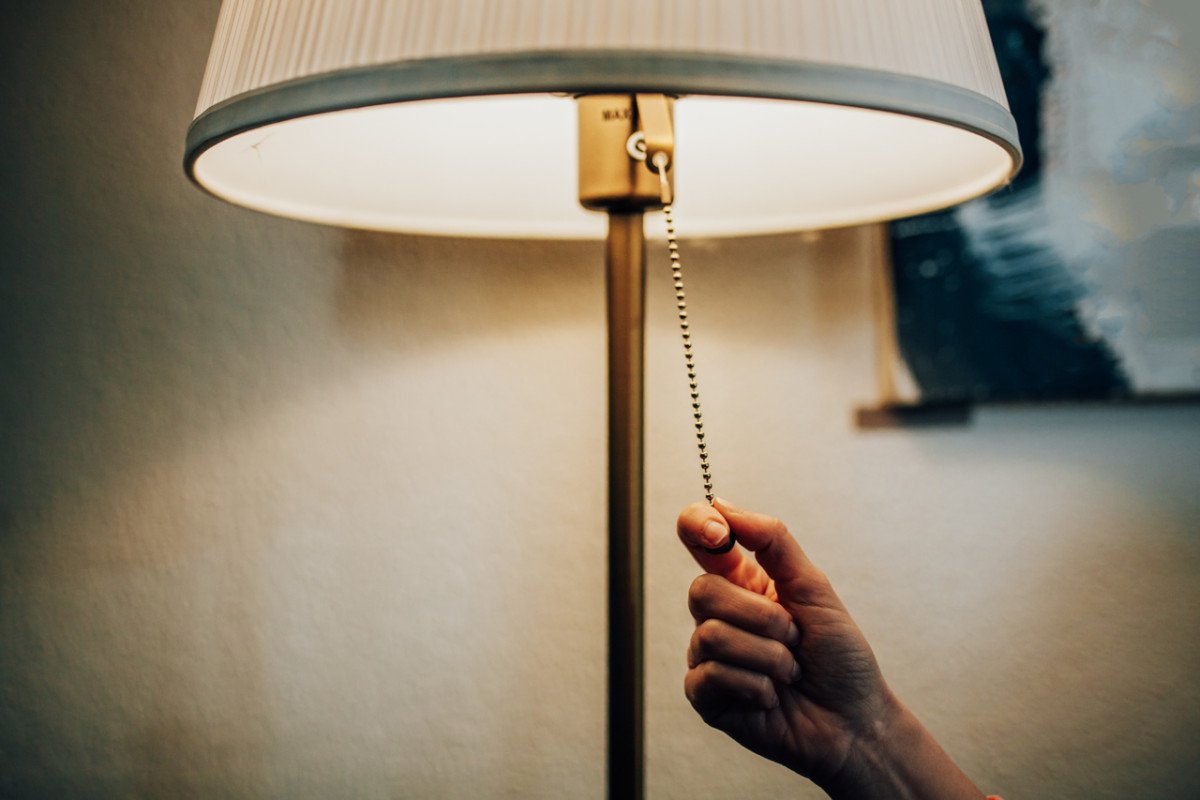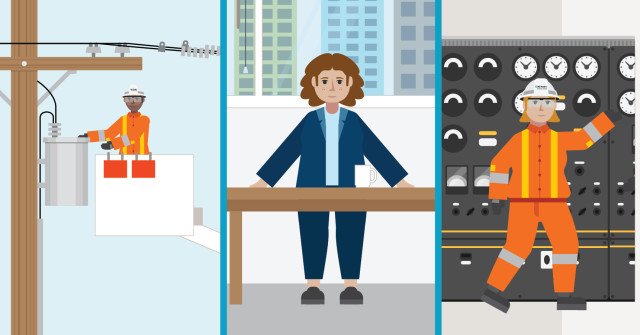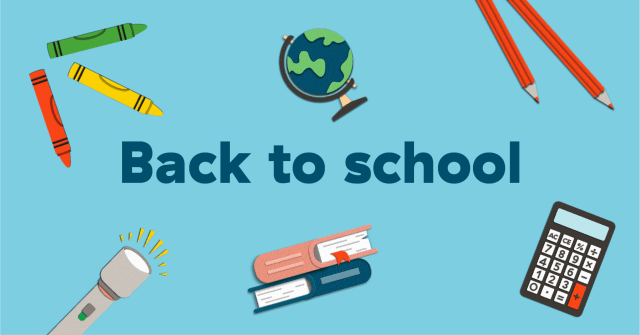We can all do our part to conserve energy. Being power smart helps the environment and can lower our family’s electricity bills. Here are 3 simple, no-cost ways you can practice and share with your students:
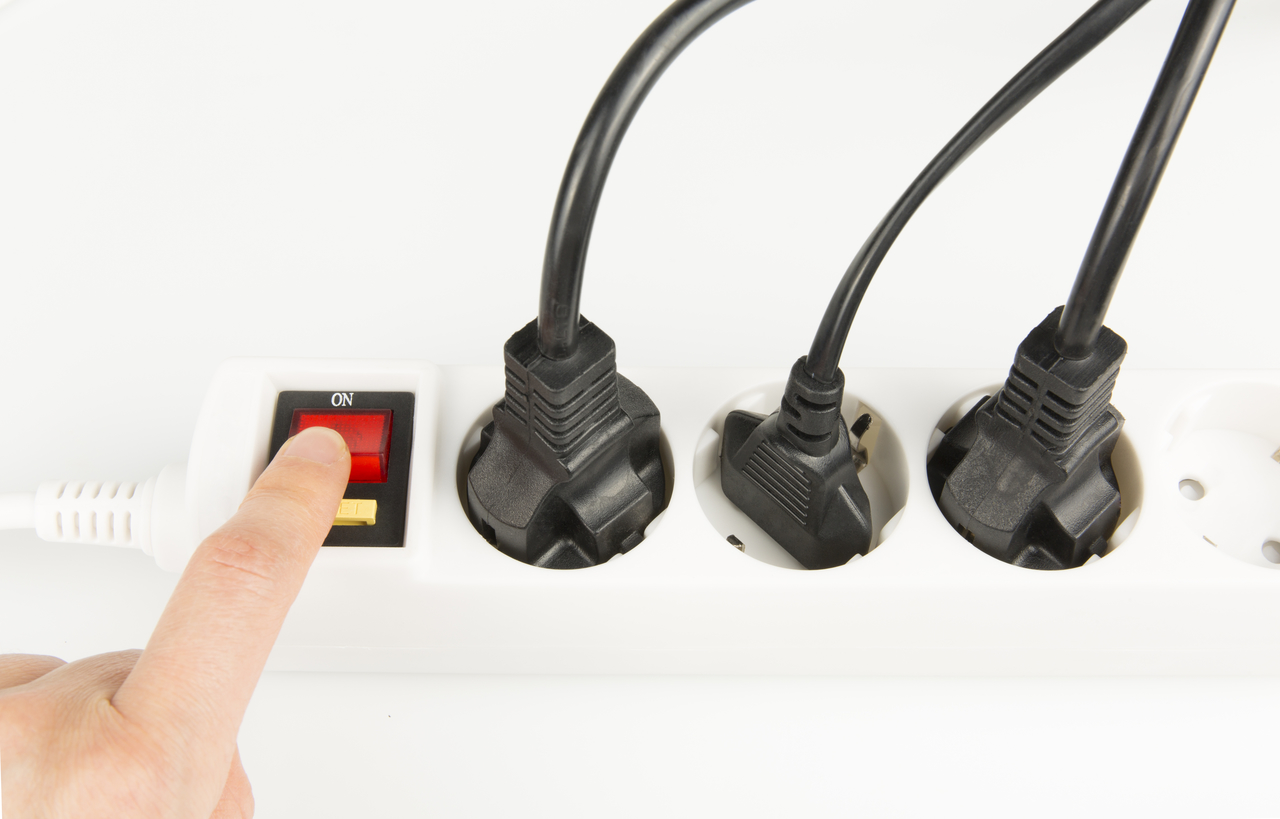
1. Unplug unused electronics
Did you know that many electronics still use electricity even if they're turned off? When electronics are turned off but left plugged in, they use energy called "standby power". Standby power can account for up to 10% of a household's energy use.
To reduce standby power:
- Unplug electronics when they're not in use. This includes the chargers for your devices.
- Plug electronics into a power bar. Turning off the power bar after you're done is equivalent to unplugging electronics.
- Turn off video game consoles and computers when not in use. Only leave them on standby or low-power mode when absolutely necessary.
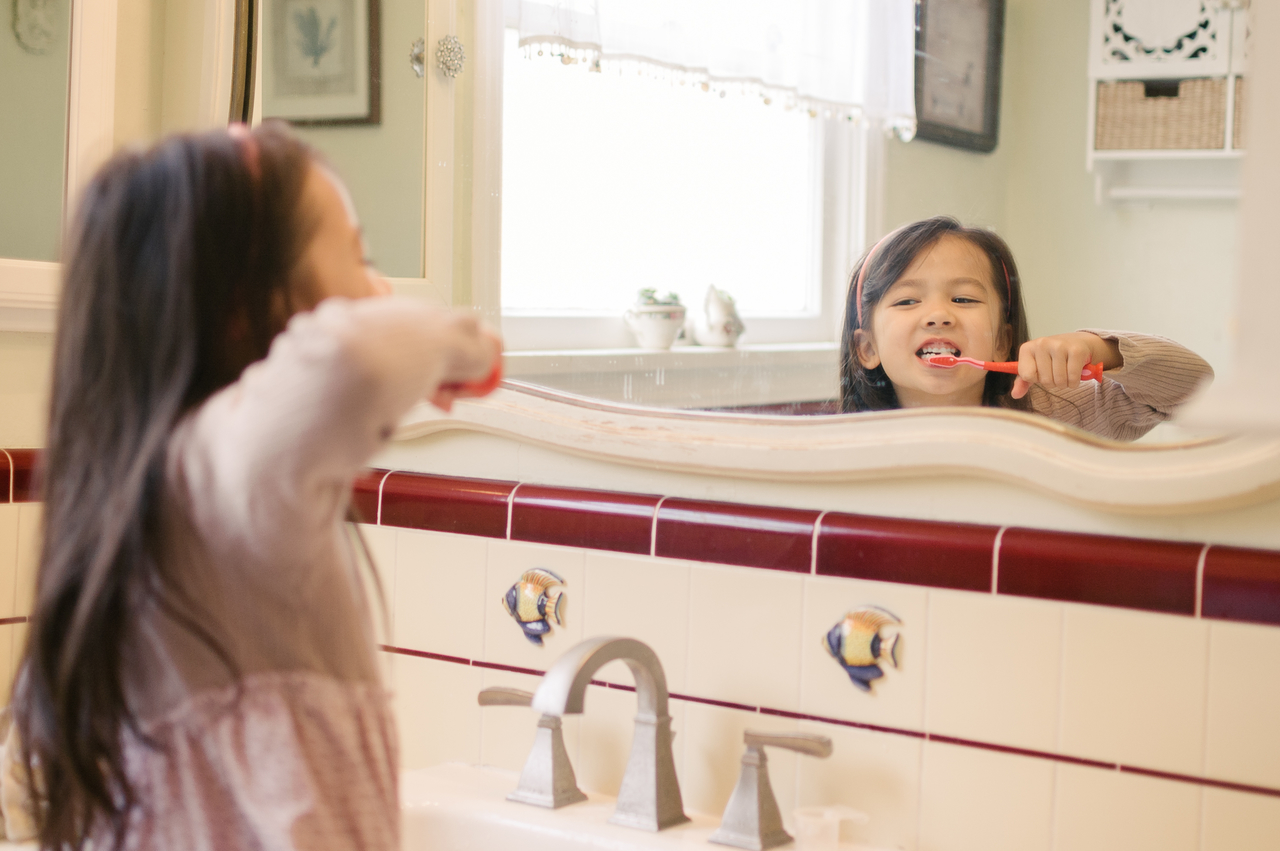
2. Use less hot water
It takes energy to heat up water. Here are a couple ways to reduce your hot water use and save water in general:
- Take shorter showers. If two people in your home cut their shower time by a minute each, your family could save $30 over a year.
- Use cold water and turn off the tap when washing hands and brushing teeth. This can help reduce your hot water usage by 5%.
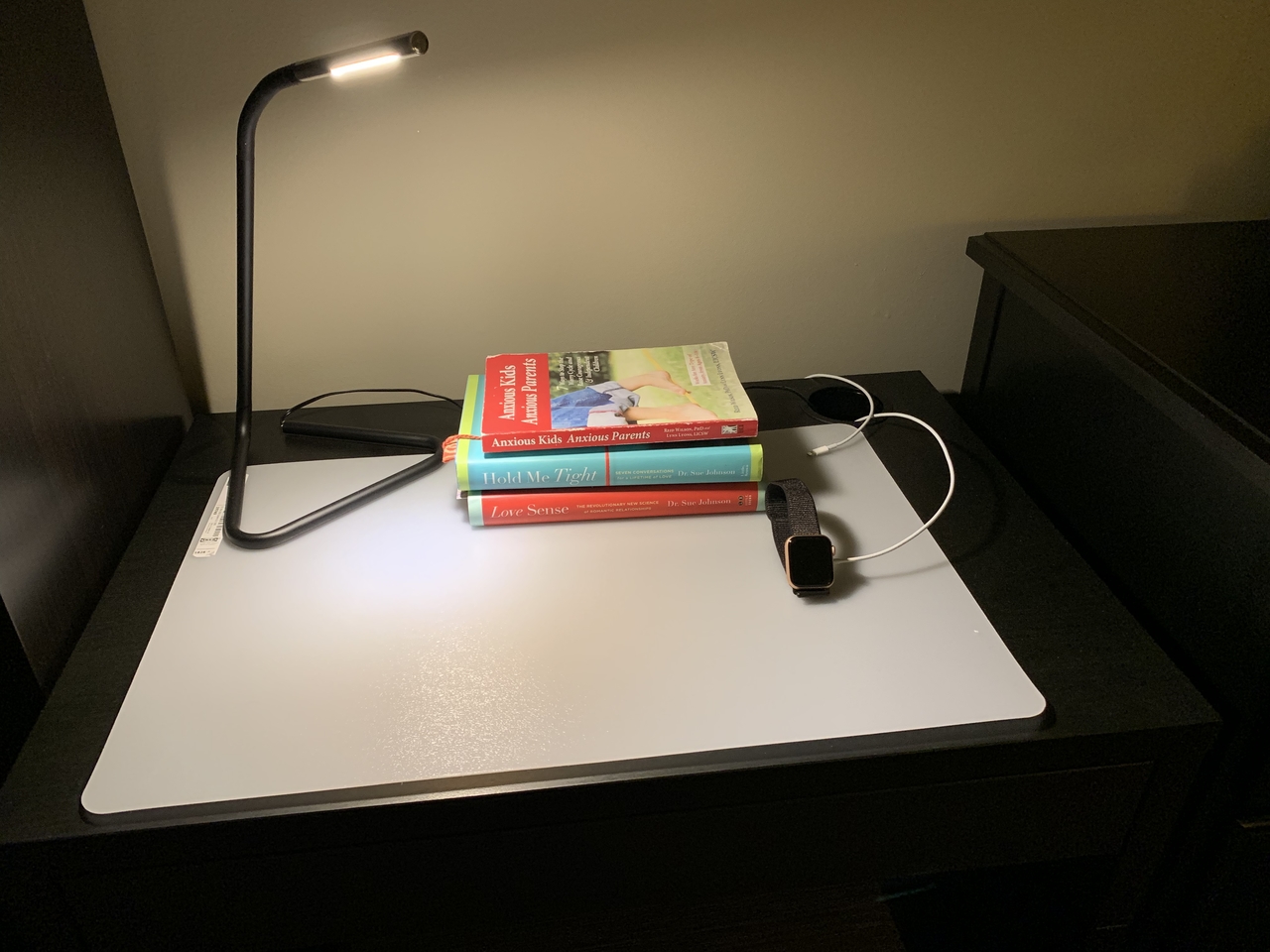
3. Be power smart with your lights
Lighting makes up about 16% of the electricity use in the average home. Only using lights when we need them is an easy way to conserve energy. Watch this video to learn how to save energy with lighting.
- Turn off lights. Make it a habit to flick the lights off as you leave a room.
- Use natural light when you can. If it's bright outside, open the blinds and use sunshine rather than turning on lights.
- Use task lighting. When doing homework or reading a book, turn off your ceiling lights and use a desk lamp instead.
For more ways to introduce energy conservation in your classroom, explore our curriculum-aligned conservation activities.
